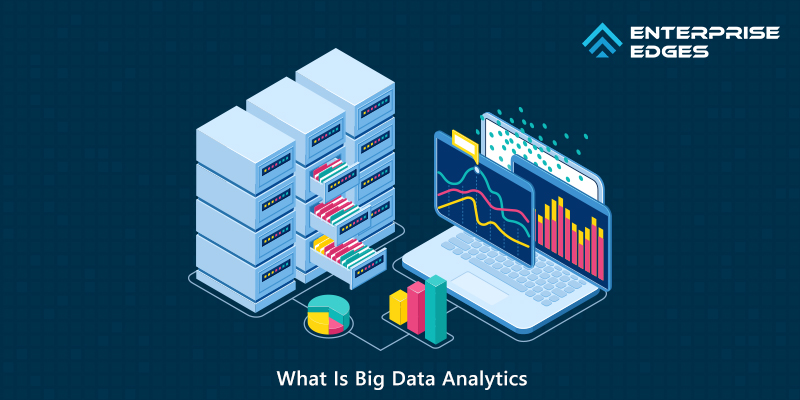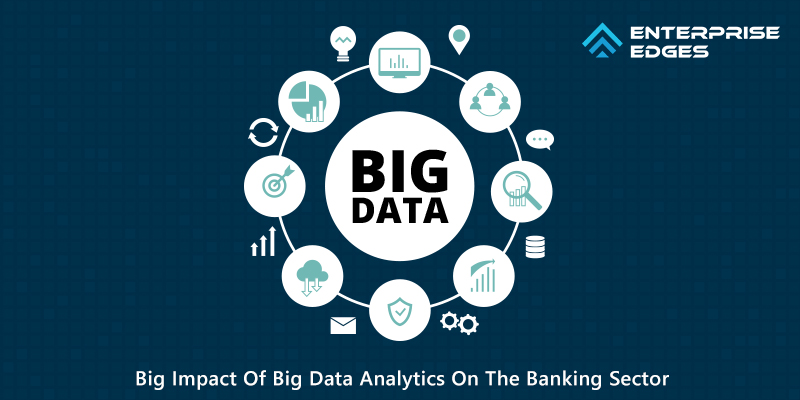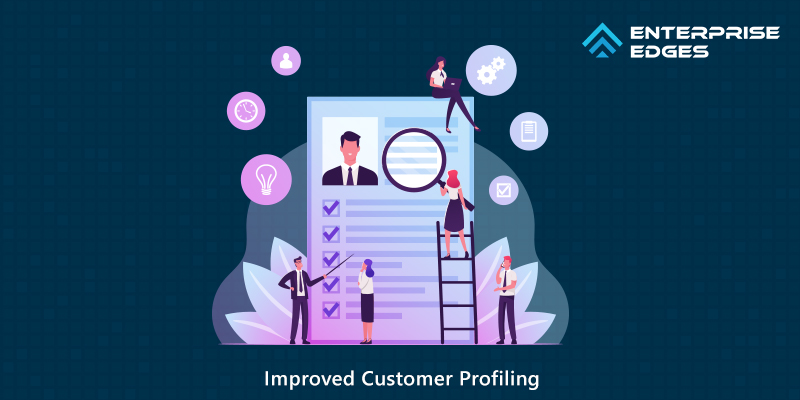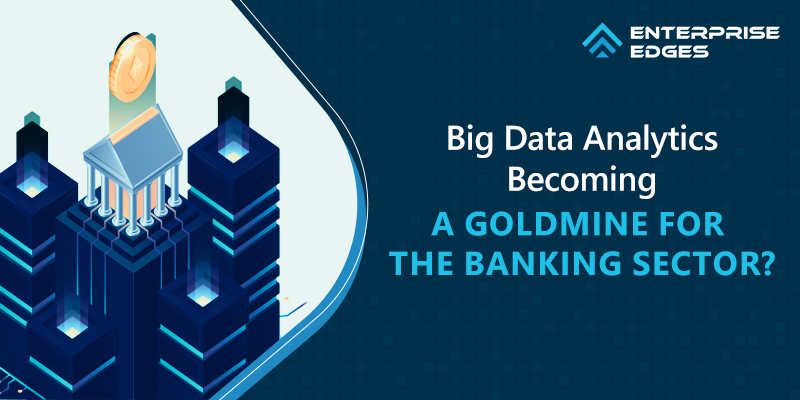Data is one of the by-products of informational and financial transactions over social, digital, and mobile channels. While handling the Big Data volume can be a daunting task, it presents banks with a massive opportunity to deliver a superior customer experience and grow their business amidst fierce competition. Thanks to the use of Big Data in Banking, banks are not just collecting customer data but also making sense out of it.
What Is Big Data Analytics?

Big data Analytics in Banking and Financial services refers to the process of examining huge and diverse sets of data gathered or obtained from different sources and channels to extract valuable information in terms of hidden trends and patterns, customer behavior, etc.
Banks can use this information for effective decision-making in sales, marketing, lead generation, operational efficiency, new product innovation, and overall customer fulfillment.
Where Does The Big Data In The Banking Industry Come From?
The Banking industry has always been synonymous with a repository of customer data. Currently, Big Data is used on a large scale. Banks obtain the data in real-time from the sources like social media, web applications, online bank services usage, transactions, automated teller machine (ATM) logs, Interactive Voice Response systems (IVRs), SMS and email banking, etc.
What Is The Big Impact Of Big Data Analytics On The Banking Sector?

In the last decade, Banking and Financial institutions have been at the forefront while investing in Big Data technologies. Reasons for this increased investment are:
- A radical shift in customer behavior and competition with new-age FinTech players have been compelling enough for the banking industry to turn the spotlight on big data.
- With advances in tools to support Big Data Analytics in Banking in the last decade, the banking industry is now defining a multitude of applications of Big Data Analytics.
Let’s Look At The Most Common Use Cases That Use Big Data In The Banking Industry:
Big data analytics in the banking industry is now being leveraged to fuel real-time decision-making. This helps banks in offering personalized services, improved user experience, and much more. Some of the most common use cases where Big Data analytics play a prominent role.
1. Improved Customer Profiling

Blanket marketing and bulk text messages are now irrelevant given the dynamic customer demands. This is where Big Data Analytics in the Banking sector changes the game. Customer segmentation based on demographics, transactions, customer service system, credit scoring, etc. can offer actionable insights.
All these findings, put to work to create targeted promotions and marketing campaigns, often strike a chord with the customer resulting in successful conversion and help anticipate future needs. For example, identification of influential customers for word-of-mouth publicity, pension and annuity plans for retired customers, children’s educational plans, first-home loans, and insurance policies for married professionals, etc.
2. Personalized Services
Highly effective customer segmentation leads to the successful delivery of hyper-personalized, innovative products and services.
Big Data in Banking helps banks in understanding the preferred communication channels for optimum customer interaction and effective marketing campaigns. It draws important insights into customers’ buying preferences and helps banks propose attractive offers on their debit or credit cards and other products. Banks have also taken it to the next level by sending alerts to customers about their spending and upcoming payments.
Sending a congratulatory note and flowers on mortgage pay-off or offering a tailored wealth-management plan, or responding to the purchases at a shopping mall with real-time discount offers at a favorite store is only the tip of the iceberg while offering personalized services.
3. Prevention Of Fraudulent Activities
With the increased digital banking practices, banks have always been facing the issues of cyber fraud. Not that the banks lack enough setup to detect and prevent security breaches, Big Data Analytics is increasingly being considered to accelerate this process and to differentiate fraudulent activities from legitimate transactions.

Big Data in Banking helps identify patterns based on a customer’s history that defines normal activity. Any deviation from this “usual” pattern, such as irregular transactions, can set off the alarm and help the bank prevent fraud in real-time. So, banks can heighten security standards like additional authentication techniques or access denial and improve both customer security and profitability.
4. Risk Management
Safeguarding against different kinds of risks is in the best interest of banks. And Big Data Analytics in the Banking industry ensures augmented risk management strategy development for them.
Big data gives an extensive view of incoming and outgoing cash flow thus guiding powerful liquidity management decisions. Another type of risk that banks run on routinely is credit risk. Important leads obtained from customer portfolio analysis by Big Data Analytics in Banking help improve credit models and scores and thus reduce the credit risk.
5. Regulatory Compliance
There is ever-growing pressure on banks to abide by regulations and auditing formalities like KYC. This mandates on banks’ part to analyze the big data time and again to find the potential financial or security-related fraud. This saves banks from facing grave regulatory and compliance charges.
Conclusion
To put it all together in a sentence, the use of Big Data in Banking imparts intelligence and intuitiveness to the banking system and enables it to serve its customers with relevance, value, and security.
